Organizing the Creative Process Workflow
1Although the creative process requires thinking outside the box and frees your mind from ordinary thoughts, it is important to build a routine to your creative idea brainstorming process which is the first step in any design project. On the other hand, creative design is one of the steps in any project that you can’t determine an exact estimate for; especially when you are new to the design field. This is because finding a unique idea for the design can take one minute and then extend to numerous hours before reaching a result that satisfies both you and your client.
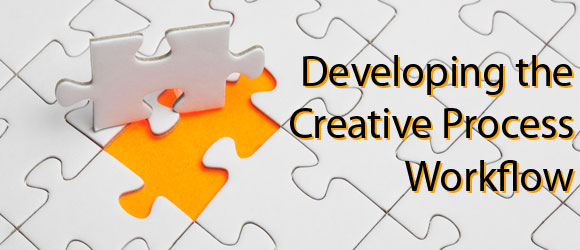
Unlike developing creative ideas, the other stages in a project such as applying the code and functions, adding content, testing and final delivery can be well estimated because they are steps which have a common pattern.
The more experienced designers are able to set an accurate timescale compared to new designers. This is because of two main points; the first is that they repeat the idea development stage throughout most of the project so they are able to better understand when to develop ideas. The second point is the system they follow to develop the idea. For example, some designers think of new ideas all the time and save them, even when there are not any available projects. These ideas are then implemented in upcoming projects.
Other designers start by reviewing similar project designs and learning from other designers and how they created their designs. They then build the new ideas based on the designs they have viewed. Meanwhile, many people think of idea developing and brainstorming as a non-organized process that is based on the designer’s thoughts to develop the idea alone; good planning and organization allow the designer to produce higher quality work in less time.
In this article we will walk through the steps we can follow to organize the idea development process and how to prepare for further projects.
The Planned Chaos of Creative Workflow
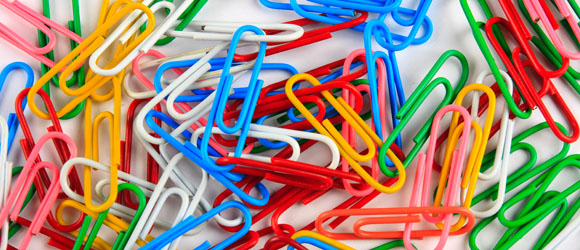
Image by shutterstock
When you start thinking of an idea, it’s like spreading puzzle pieces; you have information such as the clients requirements, project type and the output media. Generally before you start thinking of the design idea, you need to understand the project very well to be able to build a user friendly design that meets the projects’ aims and audiences. For example, designing the interface for a web page is different from building a design for a brochure or desktop application. We can summarize the information that you need to have before starting to think of an idea with the following:
- The client’s notes and requirements about the design. For instance, the client may require a specific look and feel or specific color scheme.
- The type of project and the possible audiences and how this affects the design style. For example, a design targeted at a business or economy website is different from the design directed at a multimedia studio site or children’s’ web content.
- The project type. Your design should be suitable for the final output of the project such as web sites, desktop applications, mobile applications or printing materials. Each of these outputs requires a certain format.
- Corporate identity and its philosophy. The corporate identity and aim is one of the factors that you must keep in mind when thinking of a design idea. Also, the creative directing should meet with the company aims and current marketing campaigns.
- The amount of content. Many designers make the mistake of concentrating on the design and forgetting about the content which is the main part of the project. Your design should serve the content, not vice versa. If the content is huge, the best option is to use simple colors and design to avoid user disturbance.
- The projects’ function. This is very important to consider as you will need to allocate a space in your design for the website or the projects’ function which will be added by the developer; it should be clear and easy to use. It is helpful to understand the interaction of the audience to make sure that both the design and the function are compliant with each other.
In many cases, the client provides you with this information in separate pieces and you have to organize it to begin thinking of your idea instead of ending up with an unsuitable idea.
The Creative Design Pre-Process
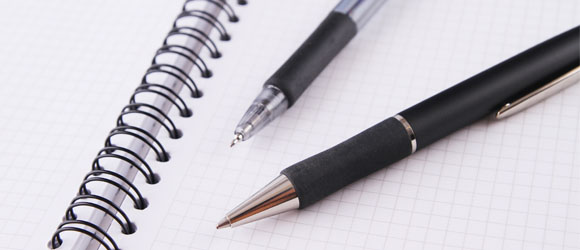
Image by shutterstock
Preparing your creative mind for the next project actually begins way before the project starts. It starts as part of your regular training, similar to learning software and new design tools which we have discussed in a previous article – How to Build a Self-training Plan. Part of this training process is to learn about new design ideas and train your eyes to understand the new trends in design; this will help you to create a visual experience that can help you in new designs. Also, you can save design ideas that you learn from as a reference for new design styles.
The best practice to improve your visual experience and the ability to generate ideas is by creating a plan to check new creative sites and ideas everyday; this will help your visual memory through accumulated ideas and experience. When you start thinking of a new idea, you will use this memory to create new ideas based on it.
The Creative Design Process
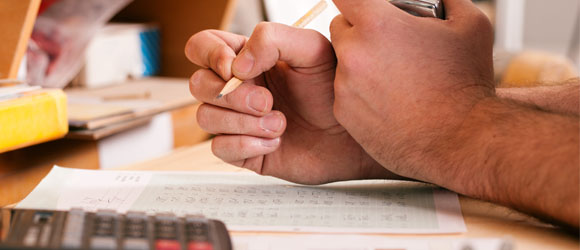
Image by shutterstock
Developing your design starts with receiving the client’s information and approval to work. It is good practice to organize the steps you need to take before you start and below are some tips you should consider when designing the project artwork:
Start with paper and pencil sketching
Although we’re all using digital tools to create design work, many are still dependent on pencil and paper to start the initial idea. It helps if you think of the idea and put down some drafts and sketches for several options for your design and choose the best to start with.
The sketch should consider the above mentioned tips that you have to be aware of when you start your design idea process; most of this information will be given by the client.
Creating the mock-up
The draft or the mock-up is considered an organization of the ideas in visual form to deliver to the client for approval and to make sure that the design meets with the client’s requirements. Although the mock-up does not show a full design, it shows an early stage of the design to get initial approval from the client. This initial approval ensures that the design is on the right track and you will not need to redesign your work after finalizing it because the client is dissatisfied.
The mock-up is a non-functional version of the design. So, you can create it with any tool such as MS PowerPoint or Photoshop…etc.
Choosing the tools
Along with building the mock-up, you set the technologies required in your design and the tools needed to create your design. For example, when you design a website, you can start the design in Photoshop and turn it into webpage through both Photoshop and Dreamweaver. Also, you can set the animated part of the site to be Flash or other technologies such as Ajax or jQuery.
Finalizing your design
After setting up the tools required for the design, you will have a better vision of the sections in the design that will be done by the designers and the sections that will require the developer to work on it such as the site search, menus and other functions.
In this teamwork stage, the designer and the developer (in case the design requires coding such as web pages) work together to create the final design with working functions. At this stage, you can share the design with the client to get full feedback.
Modifications
Many designers do not like this stage however most clients have feedback on the design and this should be added to your estimates such as the cost and time estimate. The designer must apply the client’s comments and feedback about the design whilst considering the design guidelines to keep the design consistent.
The Creative Design Post-Process

Image by shutterstock
A lot of designers think that the idea developing process ends once the project has been delivered to the client but this isn’t correct; there is one last stage after delivering the project. It is to learn from the project, its winning points as well as the mistakes. This project and design analyzing help developing the design process in further projects.
On the other hand, sharing the final design with other designers and friends can help you learn how to improve not only your further designs but also learn how to improve your design to be user friendly and meet with the audience’s needs.
This is the end of design development process. These steps are not fixed and some design companies have their own design development stages that meet their needs. It’s good practice to organize the design process in steps for the best time and resource management.
Conclusion
The above stages aim to convert the design process from chaos to organized steps that improve the process and get the most out of it. Also, it will help improving the design process and your creative experience over time through learning and analyzing each project experience.

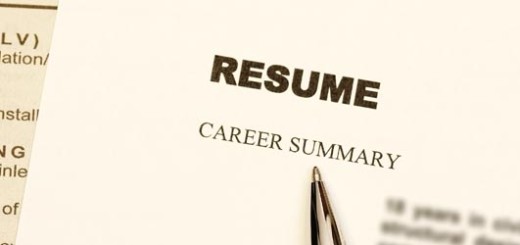
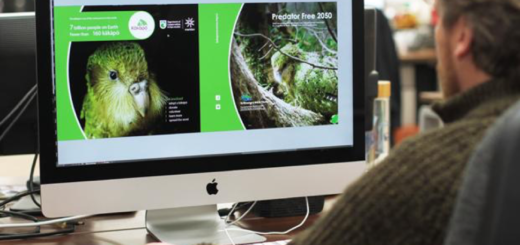
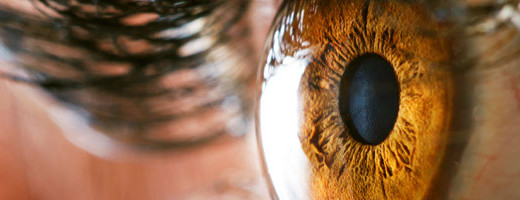
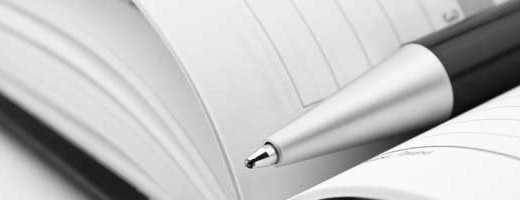
Some really useful advice here.
Wish my clients gave proper briefs!